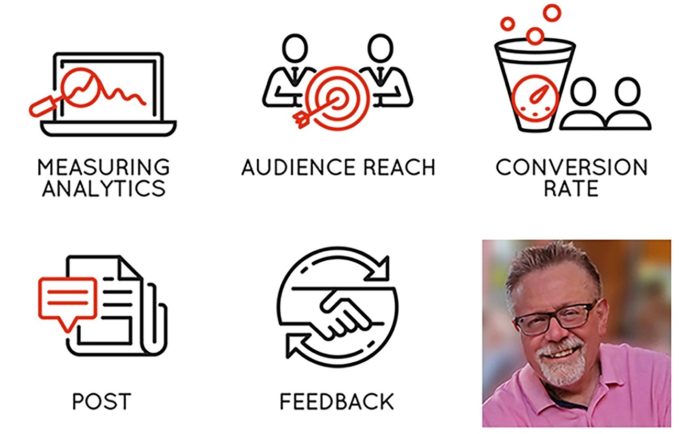
By Ed Pierce, President of ITA Communications. Fleet.
December 30, 2021
In a recent blog by the marketing firm, Strum, Karen McGaughey, vice president of client services, suggested four ideas to help businesses focus their 2022 marketing planning and budgeting.
As the past year has shown, the “new normal” is defined by uncertainty and disruption. With time to adapt to a chaotic business environment, smart companies have learned the importance of flexibility in planning and budgeting. This year’s supply chip manufacturing disruptions at the beginning of the year turned into a much larger and deeper challenge for a wide and diverse number of industries.
Flexibility
The key to successful marketing planning in this era of unpredictability is striking the right balance between responsiveness and higher costs. Look to construct a balanced plan and budget with a mix of highly nimble investments that deliver more immediate results yet build long-term value.
McGaughey recommends setting aside 20 percent of an annual marketing budget for contingency strategies, distributed equally across the first three quarters. This will provide room to be nimble and adjust plans.
“If the first quarter contingency budget is not utilized, spend it in the second quarter and so on. This contingency budget can be utilized for some experimentation to apply data insights and test hypotheses, personalization and engagement of key growth audiences,” she writes.
Impact!
In an environment of budget reduction and marketing investment scarcity, marketers need to quantify value of each and every investment. The agency executive notes that “smart budgeting processes should allow room to scrutinize and challenge each budget line item and investment for expected impact.
Challenging long-held beliefs and practices using a measure for impact will help eliminate wasted spending and resources, freeing up budget for more deserving marketing investments.”
Her recommendation in evaluating marketing initiatives is to “evaluate if it’s in the best interest of short- and long-term growth: “Moving away from branding and brand awareness initiatives is a costly mistake. For example, brand and brand awareness initiatives ultimately drive consideration, trial and deeper audience engagement. It’s a critical piece of any high-functioning brand. Eliminating this investment will have an impact at all stages of growth.”
Share-of-Voice
The pandemic and its aftermath have seen some businesses reduce marketing budgets yet anticipate growth that results from the very marketing strategies that generate growth in the first place. McGaughey specifies — brand awareness, lead generation, deepening engagement, accelerating onboarding, reducing churn, customer acquisition and more.
To overcome the marketing budget reduction trend, the Strum executive puts the onus on marketers to gain strategic influence and share-of-voice by demonstrating and proving “the value of initiatives and campaigns with measured performance and impact on growth.”
I welcome feedback, questions, suggestions, experiences, and differing points of view. Just give me a call at 610–585-0801 or email me at [email protected]. For more information about Strum, call Lee Allen, Director of Strum Platform, (206) 576-1465.




